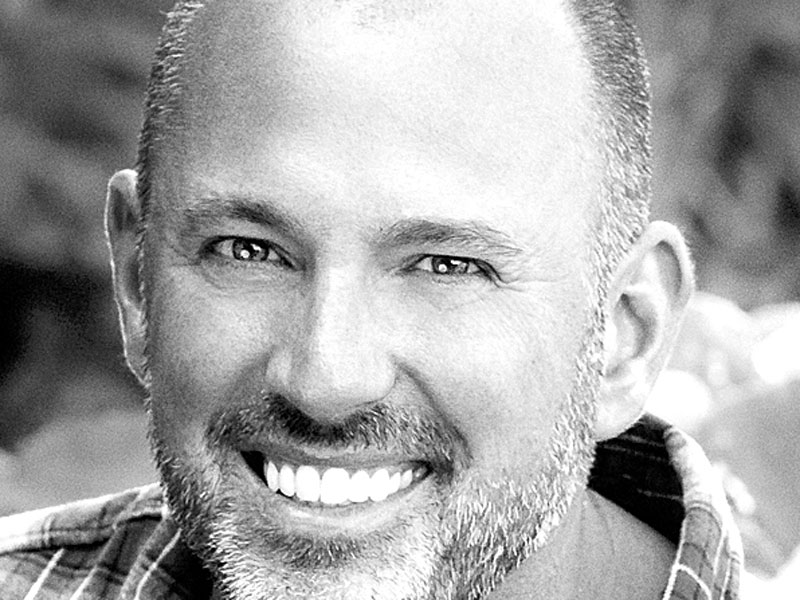Columnists
Are meadows a good thing?

I have an interesting question for you; Do wildflower gardens help pollinators? Now the easy answer is yes, of course all of those happy blooms feed many of our at-risk pollinators, including several species of bees and butterflies. I have even removed my lawn in favour of a meadow to help reduce the ‘grass-monoculture’ in my area. That said, wildflower meadows are popping up in high density urban areas, which in theory is good, but in practicality…they are creating a new problem.
As a radio and TV personality, I receive hundreds of questions each month regarding plant and landscaping troubles that homeowners are having with their outdoor spaces. Surprisingly, I have been getting more questions about herbicides for lawn and garden due to the spread of self-seeding flowers that are common in a meadow. To clarify, meadows are amazing and I love mine, but a majority of the flowers spread via seeds—and these seeds can travel outside of the boundaries of the meadow itself. In a city or a suburb, these pretty little flowers can easily get established in lawns or flower beds where they were never intended to grow. Now we have homeowners buying more of the herbicides that are linked to pollinator decline to treat these spreading flowers from the meadow. This takes me back to the question: do wildflower gardens help pollinators? Unfortunately, until more studies are done, I am only speculating on what I am observing based on the actions of those around me. Does that mean we shouldn’t plant flowers based on a possible risk?
Ultimately, the goal is to help feed the insects and creatures that rely on flowers as their primary source of food. Thankfully, there is another solution that avoids the increased use of the chemicals that we know are harmful.
We are now starting to see the emergence of landscaping shrubs and flowering bushes that not only solve the food problem, they also solve the herbicide issue as they don’t spread! A personal favourite is the new line from Bloomin’ Easy! Here are some of my noteworthy choices for your yard!
FIREFLY BUSH HONEYSUCKLE
• Grows in colder zones including zone 3
• Stays a compact two to three feet in size
• Produces bright yellow flowers in late spring that are a favourite for hummingbirds that have recently migrated north
BIRTHDAY CAKE BUTTERFLY BUSH
• Flowers mid-summer until late fall
• Is often one of the last meals that Monarch butterflies have before they head south
• The blooms are so prolific, they look like birthday candles on a cake
BEEKEEPER CARYOPTERIS
• Bees are most attracted to blues and violets. This shrub is one of a limited list of true-blue flowering varieties
• Can handle some shade making it more adaptable for various locations
• Flowers late into the fall
Nothing quite compares the sound of buzzing insects and bird songs that blooms bring into a space. That said, if you live in an area where spreading seeds may not be ideal, skip the meadow and choose shrubs that provide food for the ecosystem that we are a part of

Comments (0)